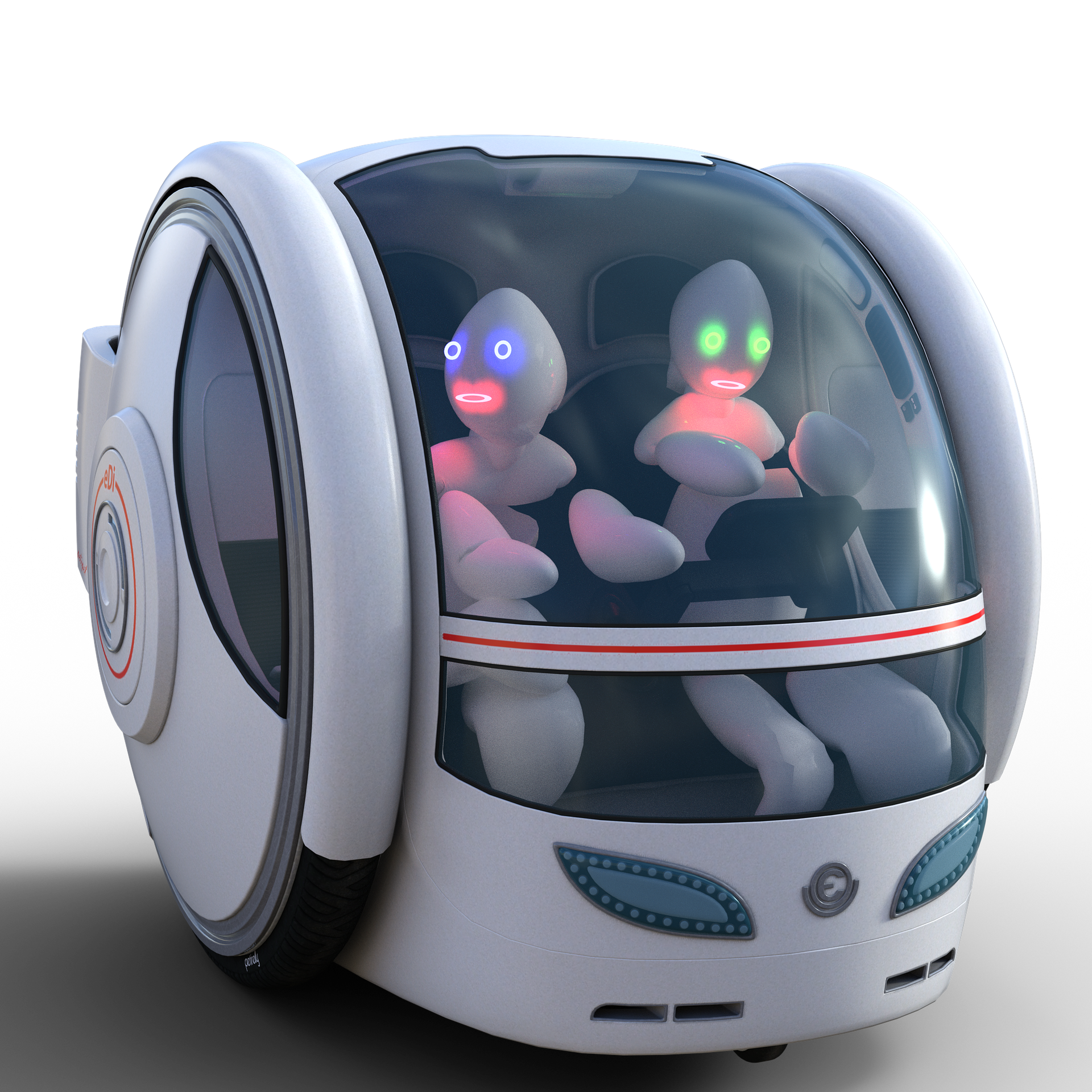자율주행 자동차 개발기 Chapter 4. 트래킹 알고리즘 개발 1
참고사항
이 글은 자율주행 자동차 개발 동아리에서 활동하며 배운 내용을 바탕으로 작성되었습니다.
제목이 자율주행 자동차 개발기이지만 제가 맡은 분야(캘리브레이션)를 중심으로 정리하였습니다. 따라서 실제 자율주행 자동차 개발에 필요한 모든 내용을 다루고 있지는 않습니다.
트래킹이란?
- 트래킹(tracking) 알고리즘: 연속된 이미지에서 물체의 움직임을 추적하는 것
- SORT(Simple Online and Realtime Tracking) 알고리즘: 가장 유명한 트래킹 알고리즘 중 하나
- 칼만 필터와 헝가리안 알고리즘을 이용
트래킹 알고리즘의 기본 원리
- 객체 정보(이미지 내 위치)를 저장할 리스트 정의
- 모든 이미지에 대해 다음을 반복
- 모든 객체에 대해 다음을 반복
- 객체를 이전 이미지의 객체 정보와 비교
- 만약 거리가 특정 값 이하면 같은 객체로 판단해 객체 정보 업데이트
- 이전 객체 정보에서 같은 객체로 판단된 객체가 없을 경우 새로운 객체 추가
- 객체를 이전 이미지의 객체 정보와 비교
- 모든 객체에 대해 다음을 반복
python 코드
데이터: https://www.kaggle.com/datasets/trainingdatapro/cars-video-object-tracking
dataset.py
1 2 3 4 5 6 7 8 9 10 11 12 13 14 15 16 17 18 19 20 21 22 23 24 25 26 27 28 29 30 31 32 33 34 35 36 37 38 39 40 41 42 43 44 45 46 47 48 49 50 51 52 53
from lxml import etree import os import numpy as np import cv2 class CarDataset: def __init__(self, DATASET_DIR=""): ''' 출처: https://www.kaggle.com/code/creativepixel/train-yolov8-for-car-tracking/notebook ''' label2id = {"car": 0, "minivan": 1} id2label = {v: k for k, v in label2id.items()} image_boxes_dict = dict() annotations = etree.parse(os.path.join(DATASET_DIR, "annotations.xml")).getroot() for image in annotations.findall('image'): filepath = os.path.join(DATASET_DIR, image.attrib["name"]).replace(".png", ".PNG") w_img, h_img = float(image.attrib['width']), float(image.attrib['height']) boxes = [] for box in image.findall('box'): label = box.attrib['label'] xtl, ytl = float(box.attrib["xtl"]) / w_img, float(box.attrib["ytl"]) / h_img xbr, ybr = float(box.attrib["xbr"]) / w_img, float(box.attrib["ybr"]) / h_img xc, yc = (xbr + xtl) / 2, (ybr + ytl) / 2 yolo_box = [xc, yc, xbr - xtl, ybr - ytl] box_data = [label2id[label]] + yolo_box boxes.append(box_data) image_boxes_dict[filepath] = boxes self.image_boxes_dict = image_boxes_dict self.image_paths = sorted(list(image_boxes_dict.keys())) def __getitem__(self, index): ''' index: int return: image(ndarray), boxes(list) box is [label, x_center, y_center, width, height] ''' path = self.image_paths[index] image = cv2.imread(path) return image, self.image_boxes_dict[path] def __len__(self): return len(self.image_paths)
__init__: 데이터셋 폴더의 경로를 받아 데이터셋 객체를 초기화__getitem__: 배열처럼 인덱스로 데이터셋에 접근할 수 있도록 설정(image, bounding_box)형태의 정보를 반환
__len__: 데이터셋의 길이를 반환
tracker.py
1 2 3 4 5 6 7 8 9 10 11 12 13 14 15 16 17 18 19 20 21 22 23 24 25 26 27 28 29 30 31 32 33 34 35 36 37 38 39 40 41 42 43 44 45 46 47
from tqdm import tqdm import numpy as np import cv2 from car_dataset import CarDataset class TrackingInfo: def __init__(self, center_x, center_y): self.start_pos = (center_x, center_y) self.final_pos = self.start_pos class Tracker: def __init__(self, DATASET_DIR=""): self.car_dataset = CarDataset(DATASET_DIR) def track(self, threshold=0.01, visualize=False): car_tracking_info = [] for image, bboxes in tqdm(self.car_dataset, desc="tracking", mininterval=0.01): image_for_show = image[:] image_height, image_width, _ = image.shape for label, center_x, center_y, width, height in bboxes: is_tracked = False for i, info in enumerate(car_tracking_info): if (center_x - info.final_pos[0])**2 + (center_y - info.final_pos[1])**2 < threshold**2: car_tracking_info[i].final_pos = (center_x, center_y) is_tracked = True point1 = ((center_x - width / 2) * image_width, (center_y - height / 2) * image_height) point1 = (int(point1[0]), int(point1[1])) point2 = ((center_x + width / 2) * image_width, (center_y + height / 2) * image_height) point2 = (int(point2[0]), int(point2[1])) cv2.rectangle(image_for_show, point1, point2, (255, 0, 0), 1) cv2.putText(image_for_show, str(i), (point1[0], point1[1] - 10), cv2.FONT_HERSHEY_SIMPLEX, 0.9, (255, 0, 0), 2) break if not is_tracked: car_tracking_info.append(TrackingInfo(center_x, center_y)) if visualize: cv2.imshow("tracking", image_for_show) cv2.waitKey(0) cv2.destroyAllWindows()
TrackingInfo: 객체 정보 저장을 위한 클래스, 일종의 구조체start_pos: 객체가 처음 탐지되었을 때의 위치final_pos: 객체가 마지막으로 탐지된 위치
Tracker: 트래킹을 수행하는 객체__init__: 데이터셋 객체 초기화track: 앞에서 설명한 알고리즘을 수행하는 함수threshold: 같은 물체로 판단할 최대 거리visualize: 시각화 여부
기존 트래킹 알고리즘의 한계
- 물체가 많을 경우 서로 겹처 트래킹에 오류가 생길 수 있음
- 중간에 일시적으로 객체 탐지에 실패하면 이전과 이후 물체를 다르게 판단
해결 방안
- 물체의 속도(위치 변화)를 저장해 겹쳤을 때 발생하는 오류를 방지
- 이전 이미지만이 아닌 \(k\)개의 이전 이미지와 비교해 순간적으로 탐지에 실패하는 경우를 대비
앞으로의 목표
- 물체의 속도가
threshold보다 큰 경우 다른 객체로 판단되는 문제 해결 - 겹치는 문제 해결을 위해
TrackingInfo에 속도를 저장 - \(k\)개의 이전 이미지와 비교하기 위해
TrackingInfo에final_pos외에 추가적인 정보를 저장 - 하늘에서 바라본 데이터셋이 아닌 자동차에서 1인칭으로 바라본 데이터에서도 트래킹 가능하도록 개발
- 라이다 없이 카메라 만으로 동적 물체와 정적 물체를 구분하는 것이 목표
This post is licensed under CC BY 4.0 by the author.
